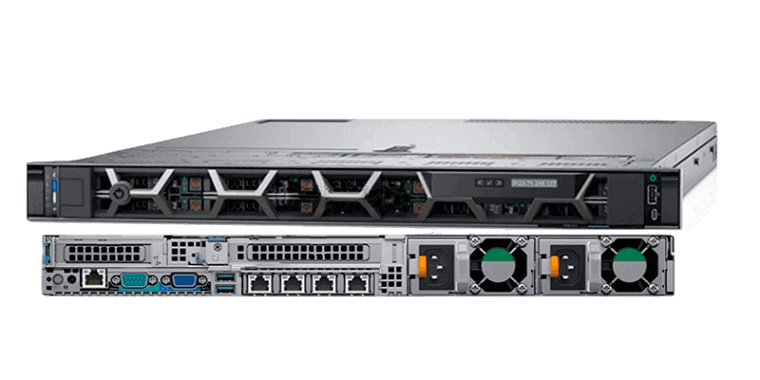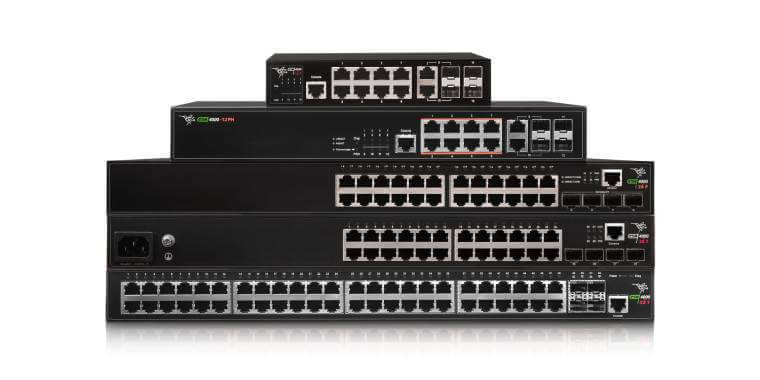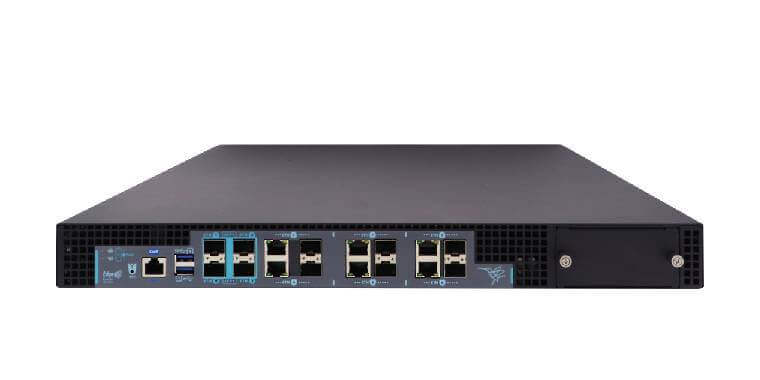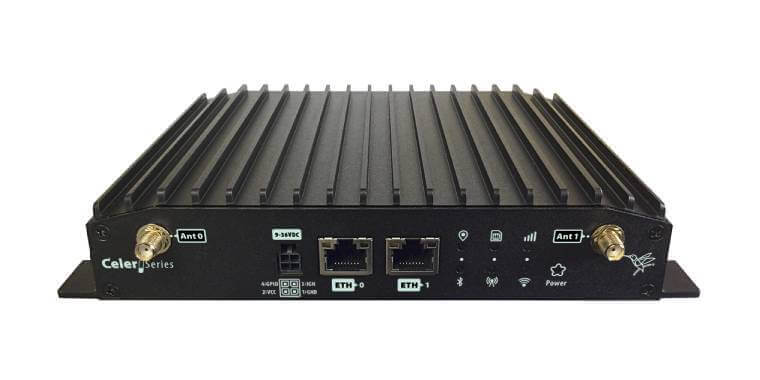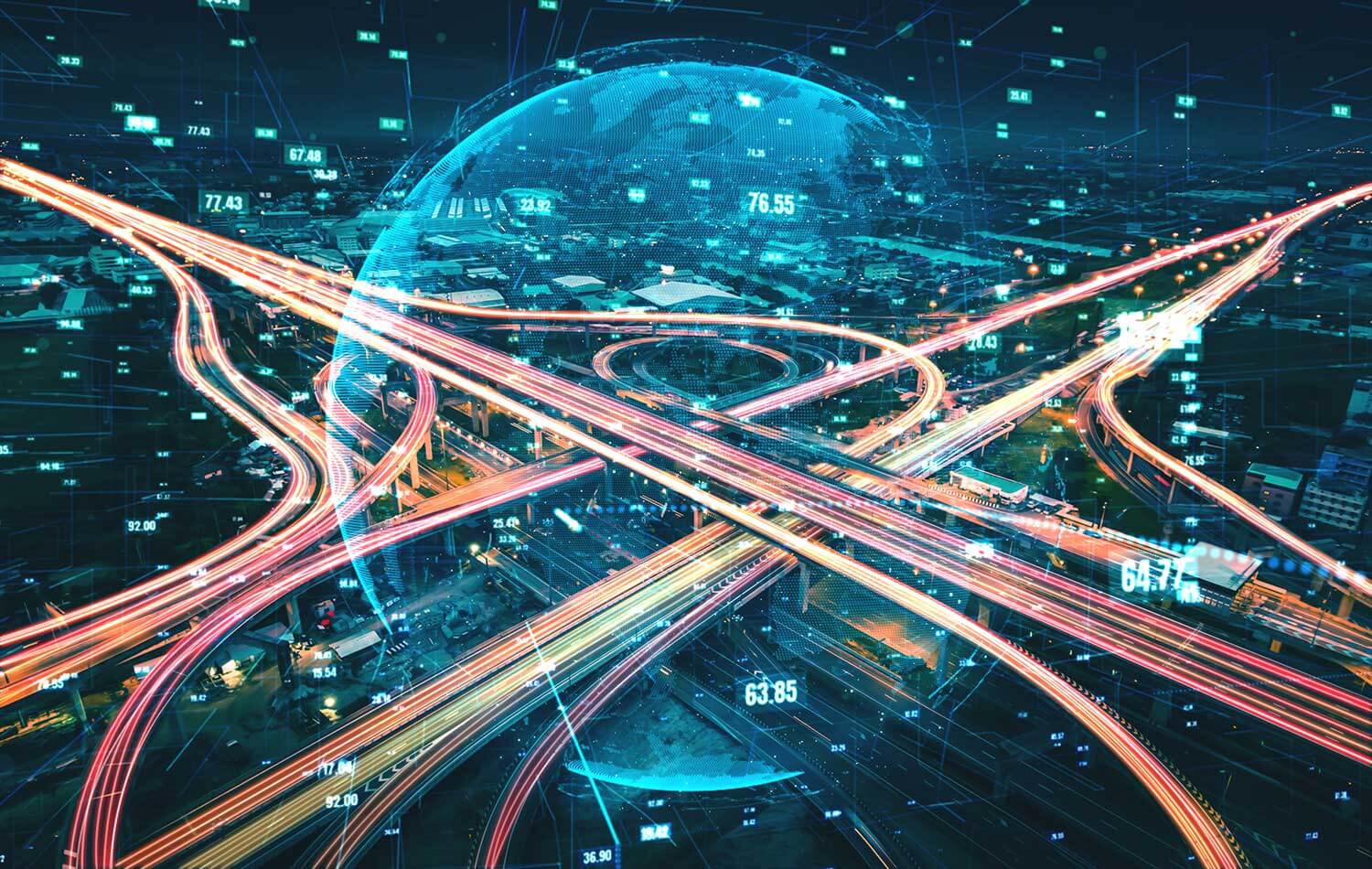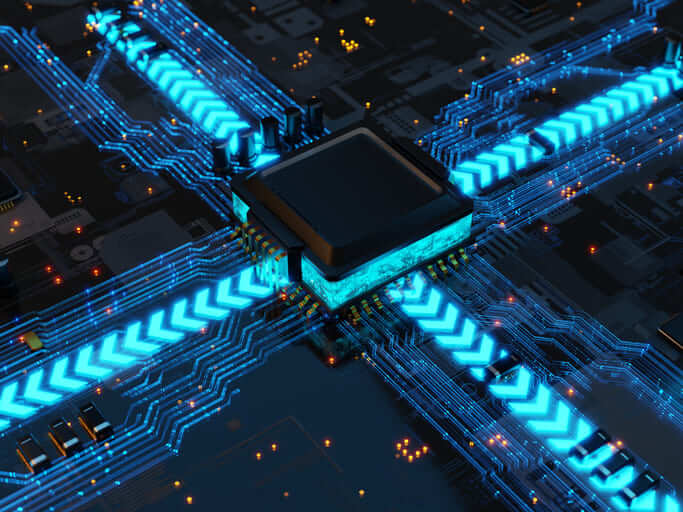Extented Detection and Response – XDR FAQ´s by Teldat
1. What is XDR (Extented Detection and Response) solution?
2. How has XDR evolved within the cybersecurity landscape?
3. What are the main benefits of implementing an XDR solution?
4. What types of threats can XDR detect and prevent?
5. How does XDR respond to threats?
6. Where can XDR be implemented?
7. What is the structure of XDR?
8. How does XDR collect data?
9. What kind of analysis does XDR perform?
10. Does XDR replace antivirus?
11. Does XDR use AI?
12. What is data normalization in the context of XDR?
13. How are AI models personalized for an XDR solution?
14. Does XDR collect logs?
15. What is Network Traffic Analysis (NTA) and how does it relate to XDR?
16. How does SD-WAN relate to XDR?
17. What is Teldat’s XDR solution and what makes it different?
1. What is XDR (Extented Detection and Response) solution?
XDR, or Extended Detection and Response, is a cybersecurity solution that collects and analyzes data from multiple security sources to detect and respond to threats more effectively. It used to network visibility, behavioral analysis, machine learning, and artificial intelligence (AI) to protect digital environments.
2. How has XDR evolved within the cybersecurity landscape?
“XDR, or Extended Detection and Response, represents a significant evolution in cybersecurity, emerging from the need to address the increasing sophistication of cyber threats. The initial approach to network security focused on perimeter firewalls and Intrusion Prevention Systems (IPS) to screen incoming traffic. However, as IT and security technologies have advanced, this definition has expanded due to the complexity of modern attacks. XDR evolved from Network Traffic Analysis (NTA), combining the information derived from these tools with Artificial Intelligence (AI) capabilities to provide a more holistic and effective approach.
3. What are the main benefits of implementing an XDR solution?
The main benefits of Extented Detection and Response (XDR) include:
- Improved visibility of the IT infrastructure.
- Faster and more accurate detection of advanced threats.
- Automated response to security incidents, reducing downtime.
- Reduced complexity by consolidating multiple security tools into a single platform.
- Increased efficiency of security personnel by automating tasks and prioritizing alerts.
4. What types of threats can XDR detect and prevent?
- Suspicious activity and traffic, such as denial-of-service attacks or unauthorized access attempts.
- Data leaks, such as unauthorized access to confidential information or sending information to external servers.
- Zero-day attacks and attack patterns.
- Anomalous behavior and unauthorized IT transactions (shadow IT).
- Lateral movements within the network.
5. How does XDR respond to threats?
6. Where can XDR be implemented?
It can be implemented in any type of corporate network because on the one hand it can collect information from any router, firewall or switch that reports its telemetry and/or events as well as from the endpoints thanks to the deployed agents.
7. What is the structure of XDR?
XDR architecture leverages a unified platform to collect, correlate, and analyze security telemetry from various sources, enabling real-time threat detection, investigation, and response.
8. How does XDR collect data?
XDR collects and correlates data to identify and analyze threats across email, endpoints, servers, cloud workloads, and networks. This enables security teams to take proactive steps to prevent and remediate threats.
9. What kind of analysis does XDR perform?
An XDR solution performs a detailed Level 7 analysis of HTTP or HTTPS application traffic. It also uses log analysis to monitor every event that happens on the network.
10. Does XDR replace antivirus?
While antivirus software protects against some known malware, XDR provide a much more robust approach to detecting and responding to some of today’s more sophisticated threats. Antivirus will provide basic protection, XDR offer seamless threat detection and response against zero day attacks.
11. Does XDR use AI?
AI is very important aspect to XDR, enabling it to analyze amounts of dat from various sources and correlate security alerts for effective threat detection and response.
12. What is data normalization in the context of XDR?
Data normalization is the process of converting data collected from different sources into a standard format that can be processed by AI models. This allows the AI to understand and analyze the data effectively.
13. How are AI models personalized for an XDR solution?
An XDR solution collects and analyzes security data across your entire IT infrastructure (email, endpoints, servers, cloud, network) to enable faster threat detection, investigation, and response.
An XDR solution allows users to use standard AI or retrain the network and deep-learning models to adapt them to their specific needs and obtain more accurate detection and alerts for each situation.
14. Does XDR collect logs?
Teldat´s XDR solution collects and aggregates security logs from devices, networks, and cloud applications, monitor user behavior, and centralize security alerts for improved threat detection and response.
15. What is Network Traffic Analysis (NTA) and how does it relate to XDR?
Network Traffic Analysis (NTA) is the process of monitoring and analyzing network traffic to detect anomalies and threats. XDR (Extented Detection and Response) evolves from NTA, integrating it with other security tools and AI capabilities to provide a more effective response.
16. How does SD-WAN relate to XDR?
Teldat uses its SD-WAN technology to increase the responsiveness of XDR, allowing the network topology to be modified. SD-WAN is a fundamental part of Teldat’s complete solution for controlling, analyzing, monitoring, and managing any network.
17. What is Teldat’s XDR solution and what makes it different?
Read our latest Blog Posts
The importance of Network Traffic Analysis – NTA tools in implementing cybersecurity in companies
Network Traffic Analysis - NTA tools and cybersecurity are two key areas of IT security. Both are essential to protect an organization’s systems and data. This article will discuss the importance of NTA tools and how they can help improve cybersecurity. Network...
Artificial Intelligence with Machine Learning and Deep Learning applied to Cybersecurity
Artificial Intelligence - AI and cybersecurity are two terms that are becoming increasingly popular in today's digital age. While AI refers to the simulation of human intelligence in machines that are capable of performing tasks such as learning, decision making, and...
The benefits of wireless connectivity
The emergence of compact wireless routers promises to optimize the deployment of distributed locations for different sorts of businesses. As a result of developments in wireless technology, two widely used concepts appeared in the telecommunications sector related to...





